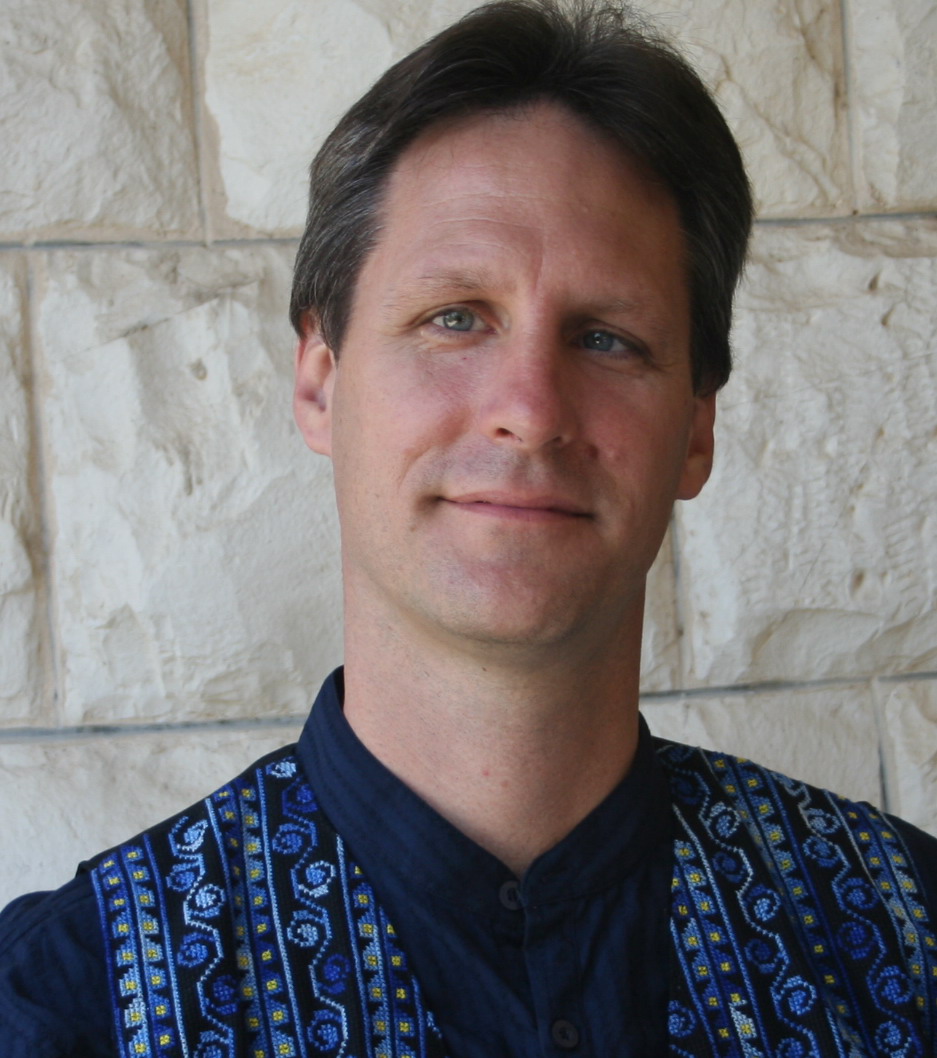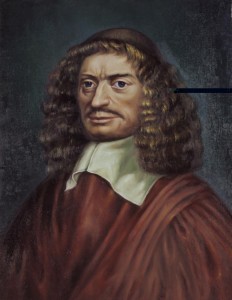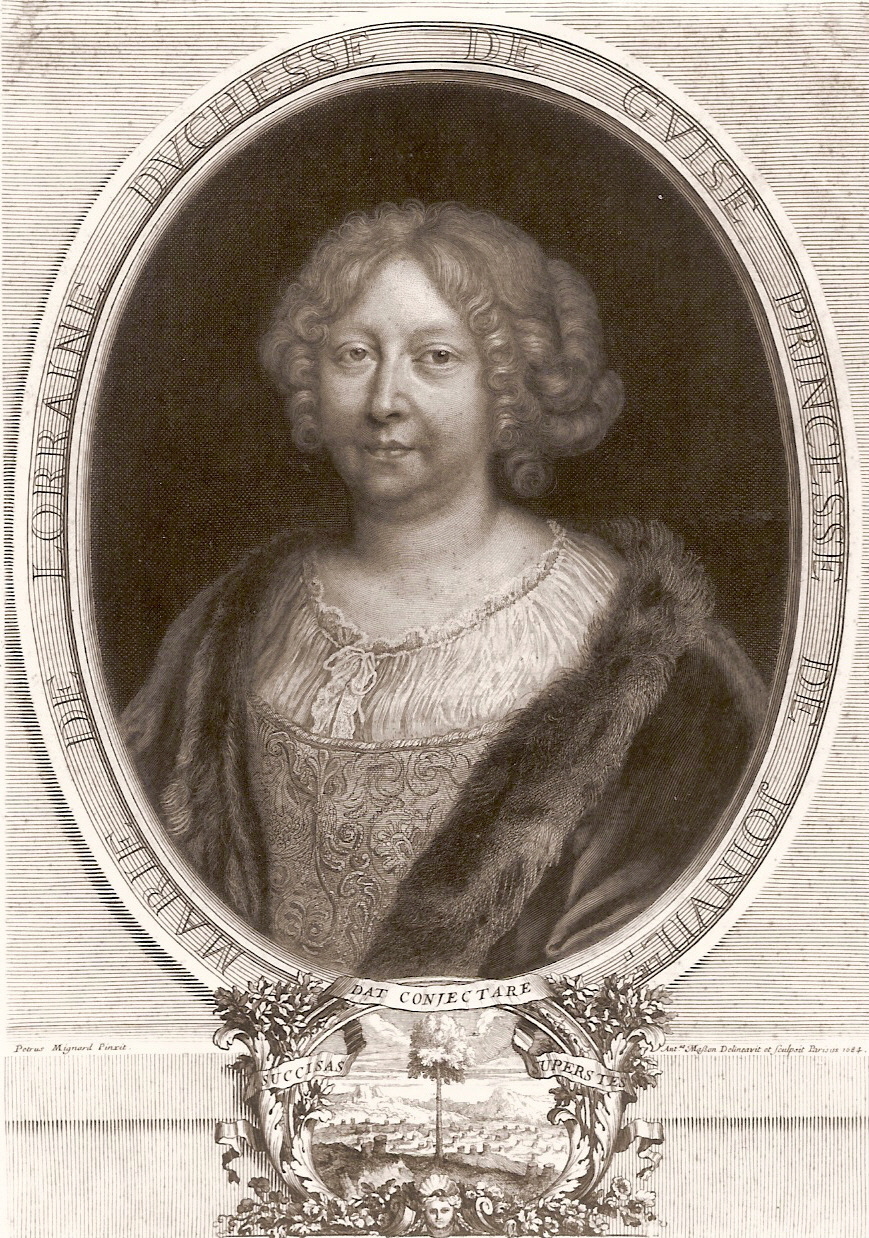by Patricia Jennerjohn

Artistic Director Paul Flight and the 30-voice California Bach Society present “A Charpentier Showcase” on April 21–23 in San Francisco, Palo Alto, and Berkeley. We perform splendid choral works by Baroque composer Marc-Antoine Charpentier for six-part chorus, solo trio, with baroque flute and viola da gamba.
Exceptionally prolific and versatile, Marc-Antoine Charpentier produced compositions of the highest quality in several genres. His mastery in writing sacred vocal music, above all, was recognized and hailed by his contemporaries. And yet, his music was also controversial during his lifetime; he had as many vociferous detractors as supporters. What is most striking to modern listeners is probably the transparent emotion expressed in his music, giving it an extraordinarily modern sensibility. He is best known for his noble and often achingly poignant religious works, but his secular love songs dazzle with their simplicity and unmannered charm, and other works reveal a wicked wit.
Charpentier was born in or near Paris. He received a good education and entered law school in Paris when he was eighteen, but he withdrew after only one semester. He spent several years in Rome, probably between 1667 and 1669, and studied with Giacomo Carissimi. There he acquired a solid knowledge of contemporary Italian musical practice and brought it back to France.

Upon his return to France, Charpentier began working as house composer to Marie de Lorraine, Duchess of Guise, who was known familiarly as “Mlle de Guise.” She gave him an apartment in the recently renovated Hôtel de Guise. For the next seventeen years, Charpentier composed a considerable quantity of vocal works for her, among them Psalm settings, hymns, motets, a Magnificat setting, a mass and a Dies Irae for the funeral of her nephew Louis Joseph, Duke of Guise, and a succession of Italianate oratorios set to non-liturgical Latin texts. Throughout the 1670s, the bulk of these works were for trios. Then, about 1680, Mlle de Guise increased the size of the ensemble until it included thirteen performers. In the pieces written from 1684 until late 1687, the names of the musicians appear in the margins of Charpentier’s manuscripts—including “Charp” for himself beside the haute-contre (high tenor) line.
During his years of service to Mlle de Guise, Charpentier also composed for “Mme de Guise,” Louis XIV’s first cousin. It was in large part owing to Mme de Guise’s protection that the Guise musicians were permitted to perform Charpentier’s chamber operas in defiance of the monopoly held by Jean Baptiste Lully.

In 1679, Charpentier was singled out to compose for Louis XIV’s son, the Dauphin. Writing primarily for the prince’s private chapel, he composed devotional pieces for a small ensemble composed of royal musicians, an ensemble that, with Mlle de Guise’s permission, could perform works he had earlier composed for the Guises. By early 1683, when he was awarded a royal pension, Charpentier was being commissioned to write for court events such as the annual Corpus Christi procession.
By late 1687, Mlle de Guise was dying. Around that time, Charpentier entered the employ of the Jesuits.
From late 1687 to early 1698, Charpentier served as maître de musique (music master) to the Jesuits, working first for their collège of Louis-le-Grand and then for the church of Saint-Louis. Once he moved to Saint-Louis, Charpentier virtually ceased writing oratorios and instead primarily wrote musical settings of Psalms and other liturgical texts.
Charpentier was appointed maître de musique for the Sainte-Chapelle in Paris in 1698, a royal post he held until his death in 1704. Following are notes on the specific works to be performed.
Salve Regina, H. 24 Salve Regina (Welcome, Queen) utilizes triple choirs (two full choirs and a trio) and recalls the stylistic elements of the oratorio, as Charpentier skillfully manipulates the musical texture by combining and separating the three choirs, and using the small choir in the most dramatic gestures of the piece, especially in the astounding “Ad te clamamus section,” with its powerful dissonances that describe a painful descent into a “valley of tears.”
Nisi Dominus, H. 150 Psalm 127 (Unless the Lord built the house, those who built it labored in vain) has been set by many composers; its colorful imagery invites the composer’s imagination. Written for four voices and light accompanying instruments, the work is introduced by a tenor solo. The “Vanum est vobis” section is a treble duet that seems to pay tribute to Monteverdi with its lively rising lines on the word “surgite” (arise). This is followed by a quiet four-part setting alluding to sleep, and then jumps vigorously into the words “Ecce heriditas Domini filii.” A bass solo then leads into the final triple meter “Beatus vir” and the rousing final doxology.
Litanies de la Vierge, H. 83 Litanies de la Vierge (Litanies of the Virgin) was composed under the auspices of Mlle de Guise. This work, also known as the Litany of Loreto, is represented in a volume of nine different settings, scored for a variety of vocal and instrumental forces, taking advantage of the personnel added by Mlle de Guise after 1680. This particular setting requires six voices, two viols, and continuo. The voice parts are notated with the names of the performers, including Charpentier’s name for the haute-contre (a very high tenor part, found in many French Baroque vocal works, sung in our performance by the altos). With the exception of the opening and closing chorus, directed towards the Holy Trinity and towards Jesus (the Lamb of God), the remaining seven verses request the intercession of the Virgin Mary, and praise her mystical qualities and spiritual virtues. The settings alternate between trios of the upper three voices, the lower three voices, and the full chorus, and also move between stately homophony and elegant counterpoint.
Missa “Assumpta est Maria” H. 11 Missa “Assumpta est Maria” (Mass “Mary is taken up into heaven,”) the last of Charpentier’s many mass settings, is considered his greatest work in the genre. It was first performed at the Sainte Chapelle in Paris, probably during the Feast of the Assumption in 1699. Its grandeur suggests that it accompanied considerable ecclesiastical display. Charpentier’s decision to place the climax at the Creed’s affirmation of belief in “one holy, catholic, and apostolic church” would have had political resonances at a time when tensions between church and monarchy in France were high.
Throughout the seventeenth and much of the eighteenth century, the mass sung in France remained outside the stylistic currents affecting other forms of secular and sacred music. Most of the masses that could be heard in Paris and in the provinces during the reign of Louis XIV were either plain-chant or polyphonic, sometimes written decades previously and adapted to the taste of the day by instrumental accompaniments. Consequently, the eleven vocal masses left by Charpentier assume an exceptional brilliance, written in a much different “concertante” style. The manuscript indicates that early performances separated its sections with motets, instrumental music, and organ improvisations. The mass ends, as did all masses written for the French king, with a short “God Save the King.”
Motet pour les trépassés, H. 311 The text of Motet pour les trépassés (Motet for the Deceased) comes from the book of Job. This text was often used for funeral services. The writing is for double choir, interspersed with trios and soloists. The middle section is quite dramatic; the translated text is “Oh my Lord, why have you made me a target?” The setting is recitative-like, starting out with a solo voice and then joined with others. The cries of “Heu” sound like cries of pain.
Following the motet is the “Agnus Dei” from Messe Pour Les Trépassés (Mass for the Deceased). It is written for double chorus in concertante style. The writing is hushed and simple. The first and third “Agnus Dei” are sung by the full choir. A low trio is assigned to the middle verse, which is distinguished by longer vocal lines with elegant ornamentation.
SFEMS members receive a $5 discount on the advance purchase price when using promotion code “SFEMS” – until 5:00 p.m. on Thursday, April 20. Order by phone at 650-485-1097 or online at www.calbach.org/tickets.pl.
Performances are 8:00 p.m., Friday, April 21, at St. Mark’s Lutheran Church in San Francisco; 8:00 p.m., Saturday, April 22, at All Saints’ Episcopal Church in Palo Alto; and at 4:00 p.m., Sunday, April 23, at St. Mark’s Episcopal Church in Berkeley. General tickets are $28 in advance, or $35 at the door; senior tickets are $20 in advance or $24 at the door. Students and patrons under 30 always pay $10.












